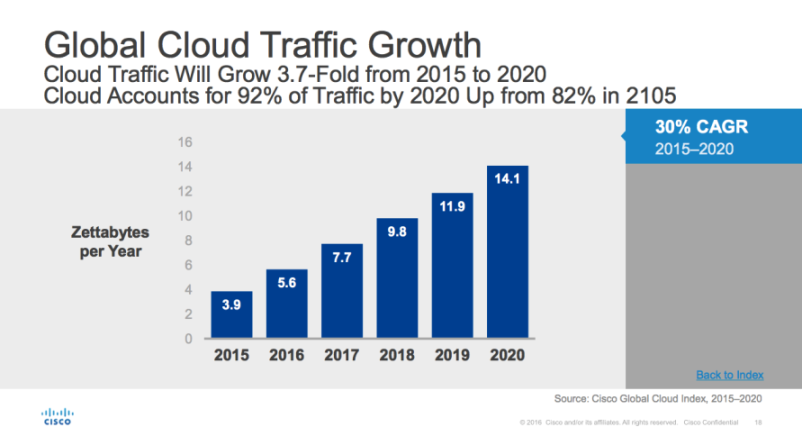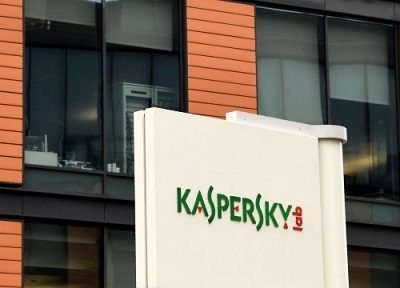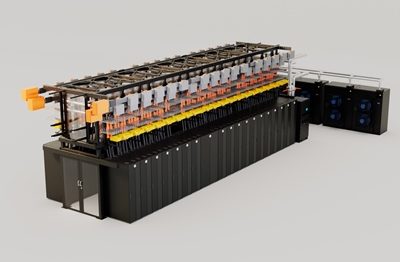By Akin Banuso, Country Manager, Microsoft Nigeria
Over the past few years, a significant number of organisations worldwide have started to incorporate cloud into their operations, gathering insights from large amounts of data that help them achieve key business outcomes.
Cloud traffic is expected to increase almost four times by 2020. Simultaneously, the Internet of Things (the billions of devices around the world sending and receiving data across the internet) market is expected to reach $267 billion in the same period.
The Middle East and Africa is no exception. The region is expected to see an exponential growth in data centre traffic, estimated to reach one quintillion bytes per year by 2020.
The cloud is a place where businesses are not limited by resources and can do all the analytics and computing necessary to remain competitive. It has also enabled real growth of the Internet of Things (IoT) because the terabytes of device data now have a place that can aggregate and process them.
However, as the IoT continues to grow and businesses realise its benefits, the next breakthrough capability is to enable IoT devices themselves to evolve.
That’s where edge computing comes in. The network edge is the name given to the many computing devices that intersect with the real world, from small devices like internet-connected cameras, microwaves and smart watches, to large and complex ones like autonomous cars.
In the next 10 years, nearly all our everyday devices – and many new ones we haven’t created yet -will be connected. These devices are all becoming so “smart” that they can power advanced algorithms that help them see, listen, reason, predict and more, without requiring “always on” connectivity the cloud. This is the intelligent edge, and it will define the next wave of innovation – not just for business but also how we address some of the world’s most pressing problems.
As more computing, storage and analytical capacity is bundled into smaller devices that sit closer to the data, edge computing involves pushing computer applications, data and services away from the centralised cloud to the logical extremes of a network (elevators or industrial machines for instance). This means data can more effectively be turned into insightful and intelligent actions at its source. This, in turn, can reduce latency and unplanned downtime, improve asset performance, lower the cost of maintenance and increase production efficiency.
Using the cloud and the edge to manage data better
With the increasing shift to centralised cloud computing comes unprecedented volumes of data, which can easily become unmanageable. While cloud computing is a major enabler particularly for digital transformation, with so much data being produced, sending it all to cloud does not make economic sense. As a result,there is an increasing need to turn the massive amounts of machine-based data into actionable intelligence closer to the source, or the edge.
However, that’s not to say edge computing makes cloud computing redundant. For the two to work most effectively, they need to work together.
Cloud computing remains important when it comes to actions requiring significant computing power, managing data volumes from different parts of the organisation, asset monitoring and machine learning. In other words, you would still use the cloud for processing that’s not time-sensitive or is not needed for one device to take immediate action, but rather helps the organisation to make business-wide decisions.
On the other hand, edge computing comes into play when there is a need for immediate actions, there are connectivity constraints or there is a need for flexibility and customisation of processes and products. That is, the goal is to process the data from the device that needs it quickly, so that it can take the next most relevant action. There are many cases where reaction time is the key value of IoT, and consistently sending the data back to the centralised cloud prevents that value from being realised.
In addition, edge computing is particularly useful in remote sites where cloud connectivity is not stableor economical. For example, remote oil fields send data to the cloud only twice a day via satellite connection, which comes at a significant cost.
Combining cloud and edge computing ensures that businesses have both the big data and the more granular data they need to succeed in the short and long term.
As Gartner stated in its Top 10 Strategic Technology Trends for 2018, “When used as complementary concepts, cloud can be the style of computing used to create a service-oriented model and a centralised control and co-ordination structure, with edge being used as a delivery style allowing for disconnected or distributed process execution of aspects of the cloud service.”
Reducing latency for critical applications
Aside from managing data more effectively, another benefit of processing data close to where it is collected, is latency. In simple terms, latency is the lag that comes from sending information to the cloud and waiting for results to be returned. This can hinder certain applications, such as autonomous cars that need to react instantly.
Intel estimates that autonomous cars, with hundreds of on-vehicle sensors, will generate 4TB of data for an hour and a half of driving. Most of this data does not need to be sent to the cloud – in fact, it would be unsafe, unnecessary and impractical to do so.
This is an ideal example of how edge computing can assist in cases where real-time decision-making is key. In the case of a child running out in front of the car while it’s driving, it would be of little use to have it sending data to the cloud for analysis and decision-making. Rather, the data needs to be analysed at the edge so that immediate action (applying the brakes) can be taken.
However, the cloud still has a role to play here too. The data showing that the car had to respond to such an immediate event may be valuable to the car manufacturer as it works on building future models.
Lowering the cost of maintenance
Because of the nature of cloud computing to keep the data close to the source, it is possible for businesses in sectors such as manufacturing to stay up to date with the maintenance of their machinery.
For example, in a fleet management scenario, data is gathered from multiple operational points, such as the wheels, brakes, battery and electrical system. Using edge computing, the fleet manager can monitor each of these points on each of the vehicles in the fleet and proactively service the vehicle, maximising uptime and reducing costs.
At the same time, data from all the vehicles is sent to the cloud where it is aggregated and analysed to monitor the health of these key components over time. The fleet manager can use these insights to track the average cost of a given truck model over time, which helps the organisation make informed decisions that impact the overall costs of its fleet.
Anyone and everyone can have the edge
These examples may seem fantastical, but edge computing is part of Microsoft’s quest to make computing and artificial intelligence (AI) more accessible and inclusive for everyone. This is because computing power will be embedded everywhere and into every device – not only in the cloud – giving everyone the opportunity to use intelligence in a way that makes them more productive and benefits society. “Think of the world as a computer,” said Microsoft CEO Satya Nadella earlier this year.
The shift to AI is all about data. Now that there is big data in the cloud, device data and event-driven data, AI can be distributed more widely.Microsoft is uniquely positioned realise the vision of ubiquitous computing across hardware, software and cloud.
Far from making it more difficult to start a business, this creates opportunities for a whole new wave of businesses, whose participation in edge computing plays a significant role in this shift. Simultaneously, the potential for cost saving and the ability to simplify solutions make edge computing a no-brainer.
This is especially true for businesses in continuously developing markets across the Middle East and Africa, which have a real opportunity to gain “the edge” over their global counterparts

Akin Banuso, Country Manager, Microsoft Nigeria

































